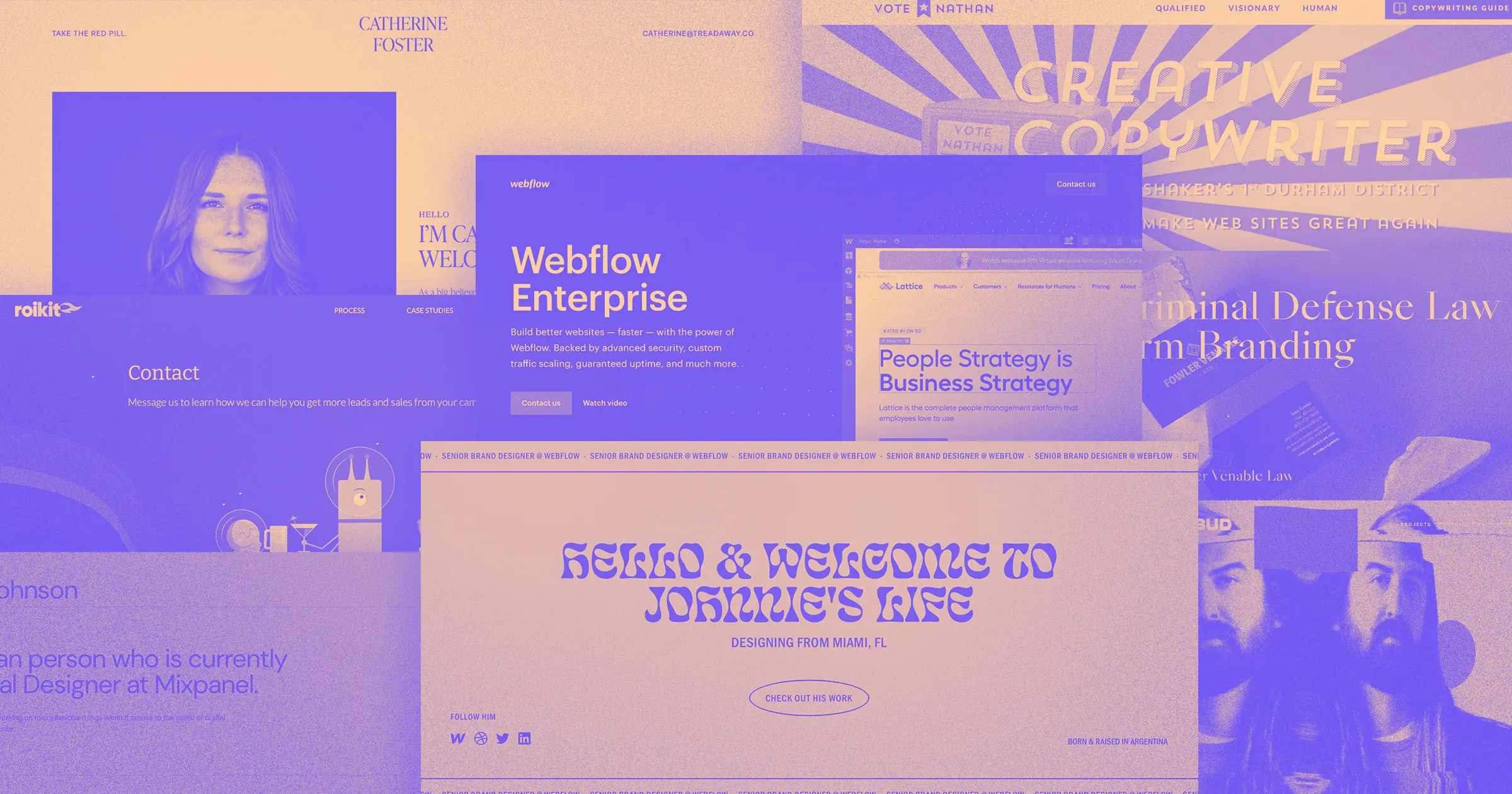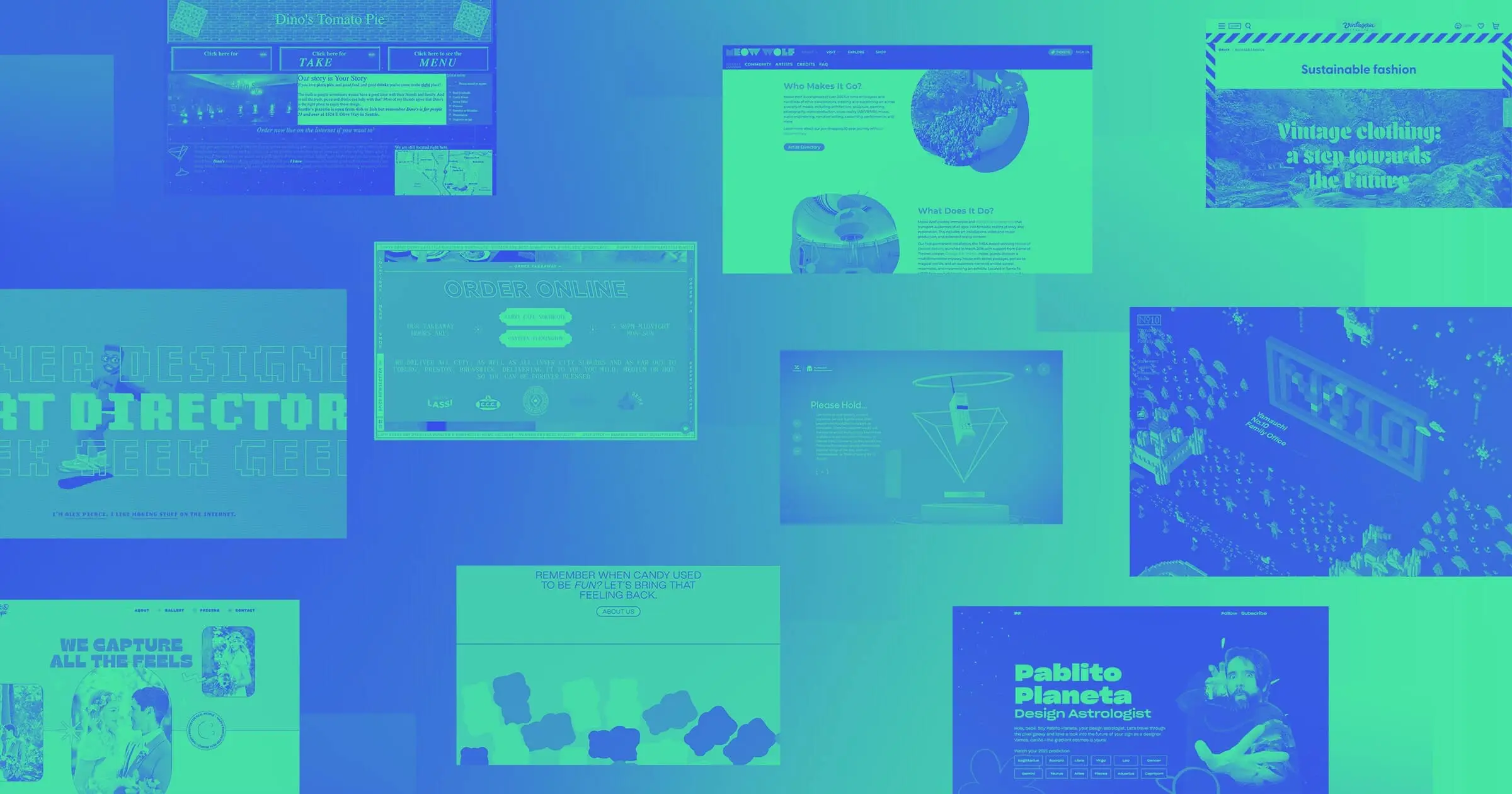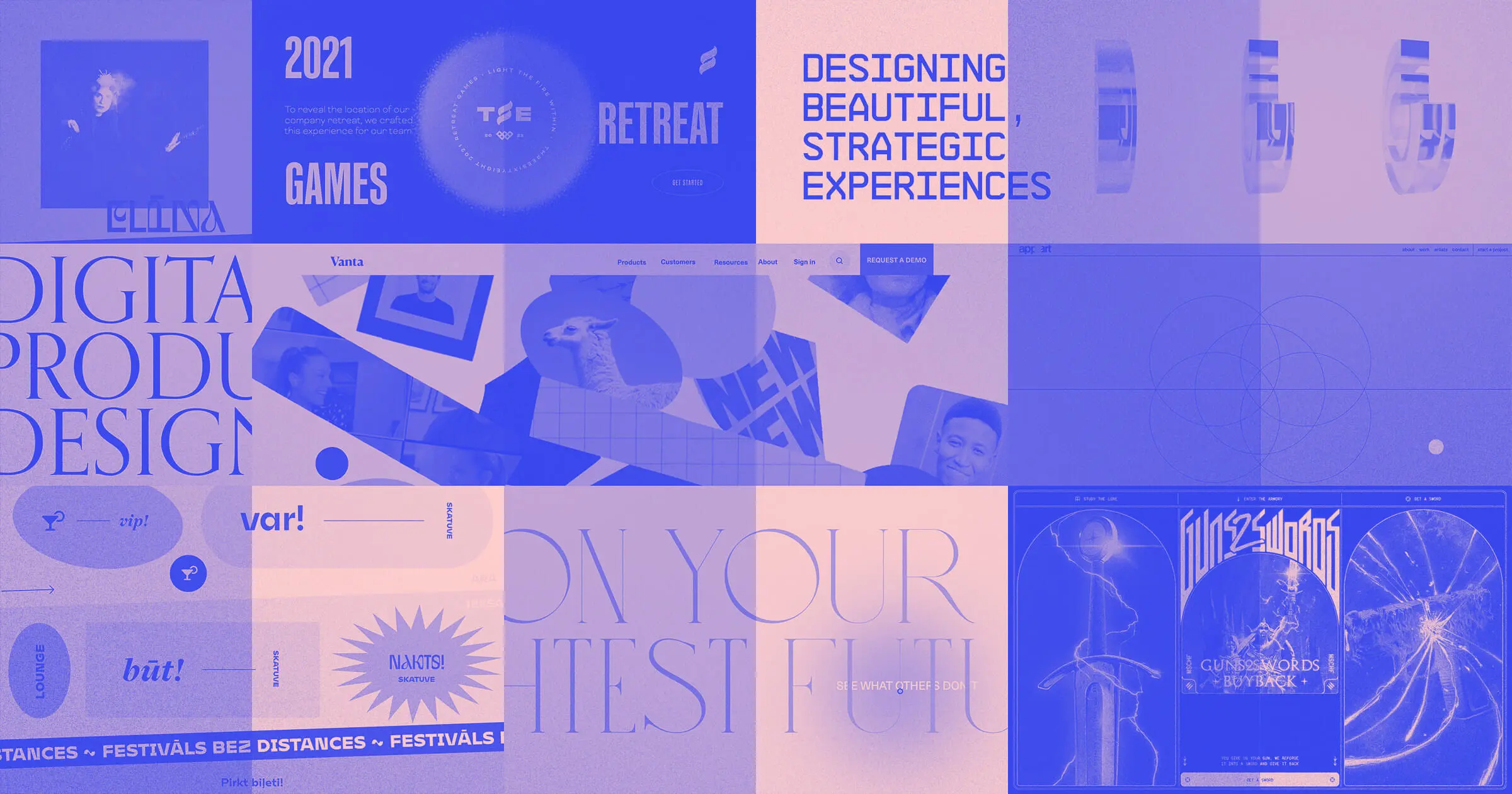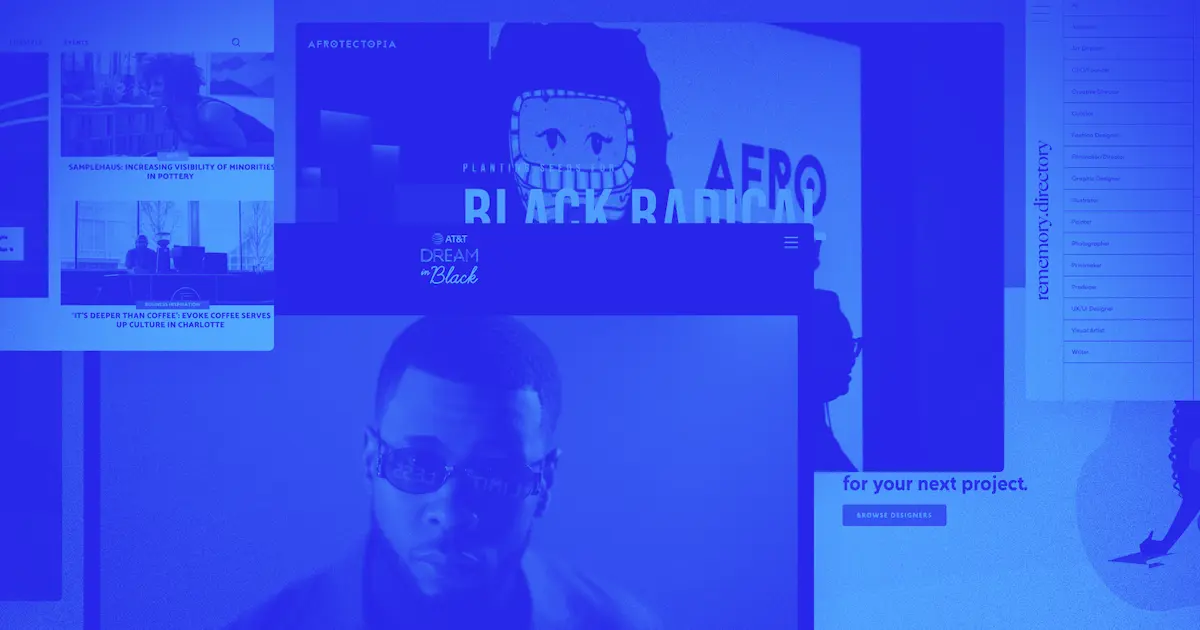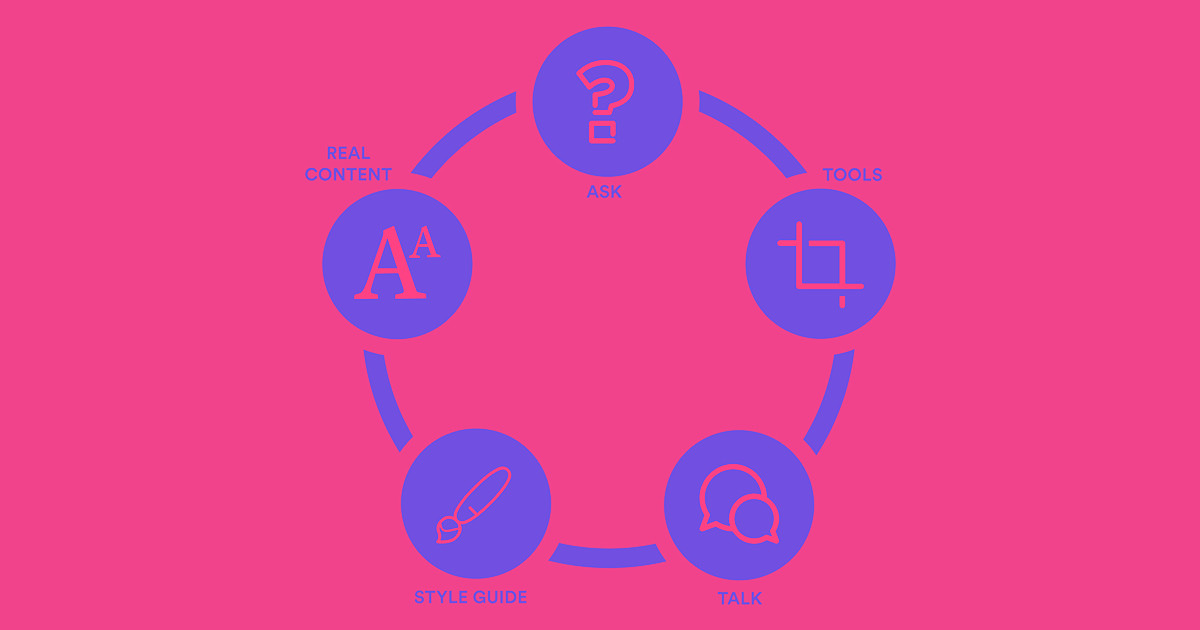Web design has become one of the most ubiquitous parts of modern life.
Today, the average American spends just over seven hours a day online, and Google — the most visited site on the web — gets 89 billion visits per day. We see and interact with hundreds of web pages a day — for work, for entertainment, and for running our daily lives.
Web design is what makes every single one of those online interactions work, but web design itself is surprisingly hard to define. What is web design? Is it art? Is it graphic design? Is it user interface or user experience design? Are coding and engineering an essential part of web design? What about search engine optimization, accessibility, and copywriting?
At its simplest, web design is the art of designing sites for the web. But that definition falls short of describing the true scope of a web designer’s work. There are so many ways to answer that question. To learn more, we spoke with five experienced web designers to get their perspectives on the work they do.
Our designers:
Mark Johnson, founder and designer at BudBud
Catherine Foster, founder and creative director of Treadaway
David Cullington, Webflow designer
Nathan Huening, solutions engineer at Webflow
Johnnie Gomez, senior brand designer at Webflow
Web design is any design on a website, regardless of device
Where do web design and product design begin? When does web design become mobile? Is it still web design if your mobile app is just a webview container? Or are you a mobile app designer now? Arguably, any design on a website, regardless of device, is web design. What it is beyond that is up to you. Technically anyone publishing something to the web is a designer. To what caliber is up for debate.
When attempting to define something, sometimes it’s best to start with the most direct answer. Web design is designing for the web. The openness of this definition is exactly what makes it so appropriate for the way we build for the web today. Mobile web, apps, and responsive design are all inherent parts of web design, and a definition that avoids those is going to miss a huge chunk of what designers actually do.
In 2022, web design means designing responsive websites.
We are no longer making static pages for use on one device exclusively. Every site needs to be adaptable to be viewed across different devices in different formats and contexts. For a lot of users, mobile may even be the primary or only way they’re accessing your site.
So if designing any site published on the web is web design, how do we differentiate web design as a craft? What makes web design good? “The annoying answer is — it depends. The simple answer is — if it works, can it be considered good?” says Mark, “Can the person using your website or product do what they’re trying to do? If so — great.”
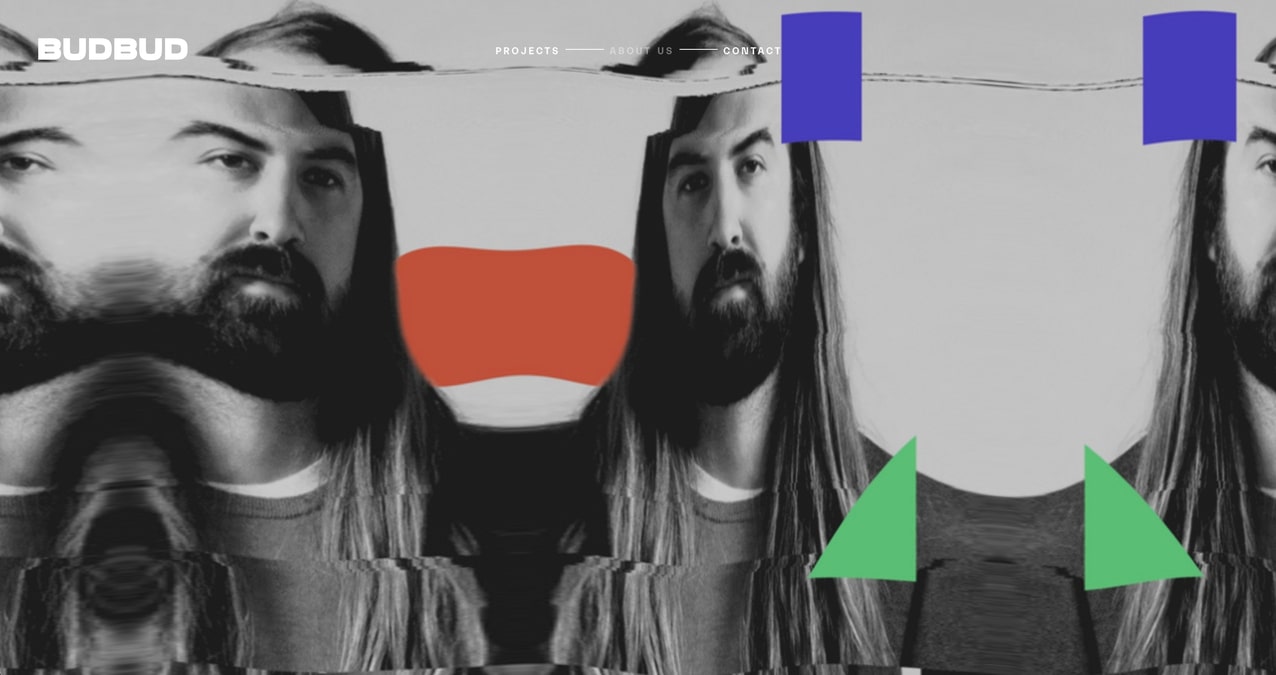
Web design is the solution to a problem
A design can be good for one function but terrible for another, and vice versa. As an example, a beautiful website could have zero sales, and an undesigned or unpolished eCommerce could be bringing thousands of dollars in per day, so what is the criteria for something being good or bad? Maybe some of the questions that should be asked are: What is the main objective of the site? Is the design chosen helping with that or getting in the way?
Websites exist to serve specific functions. They may be commercial — intended to sell products or subscriptions and convert visitors to customers. They may be informational — designed to educate or communicate specific information to an audience. Ultimately, web design serves a specific purpose.
Web design incorporates UI and UX design to be effective for users. It integrates search engine optimization so the right audience can actually find your site. Web design studies the way users move through the website and uses those insights to more effectively serve its intended purpose. Web design connects users to their needs by creating easy flows through their site, for example from the homepage to a call to action.
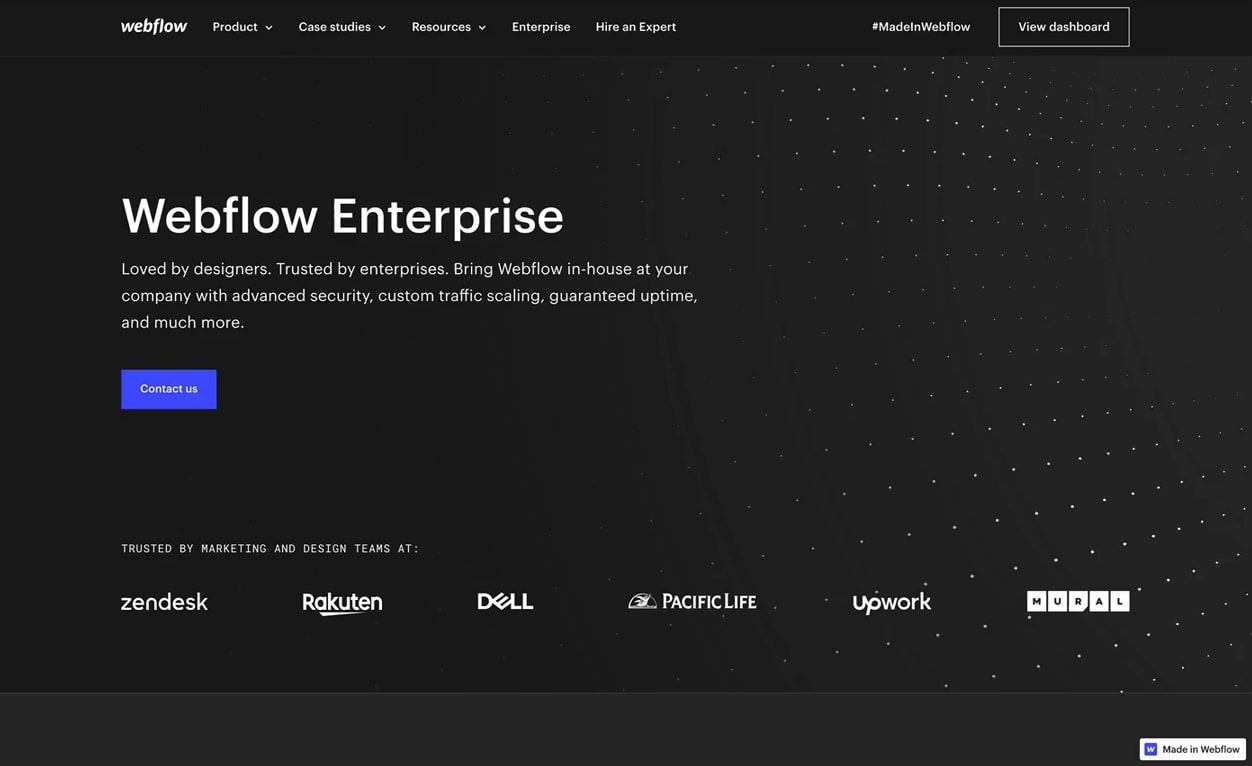
Catherine Foster, founder of Treadaway, sums it up simply: “Web design..resolves a problem.” Effective web design requires the ability to understand a user’s needs, anticipate how a user will experience your site, and design an experience that feels effortless and meets their needs.
The purpose of art is to ask questions, while the purpose of design is to answer them. Good design, whether web or otherwise, solves a problem well. Is this thing easy to find? Easy to learn about? Easy to purchase? Easy to discover and communicate? The design solution itself can “look” however you want; that’s the style.



















Get our 100 video course on web design — for free
From the fundamentals to advanced topics — learn how to build sites in Webflow and become the designer you always wanted to be.
Web design is a delightful little balance of beauty and function
Catherine expands on her description of web design, adding that in her opinion, “function should be prioritized and then accented by beauty…bad web design would be where a designer doesn’t take into account accessibility or where an aesthetics-first site makes a user frustrated as they try to navigate.”
Web designers use all the tools in an artist’s toolkit — color, shape, proportion, pattern. While most websites are commercial and designed for specific purposes, web design is still a form of visual communication. To convey meaning to an audience, web designers use the visual tools at their disposal. When defining what web design is, it’s impossible to separate the aesthetic parts of the craft from the purpose the design is meant to serve.

Web design is fun
Good design also has a sticky aspect: it's relevant, draws the user in, and even gives them something to play and interact with to tell the story of the product, highlight a benefit, or illustrate a feature...Good design is also FUN. It should leave your customer feeling like the solution offered is a breath of fresh air, and the product is a clear choice to solve their problem.
Web design, by nature, creates something that’s interactive. Communication is not a one-way process. It is an engaged two-way dialogue between you and your audience. For your site to be successful, users need to want to actively explore it. You need them to click on that button, scroll down the page, explore your menus, and browse your galleries. Web design brings an element of curiosity and playfulness to a website that engages your audience more deeply.
Flashy animations and effects on their own can’t elevate a poorly thought-out design, but if the underlying structure is solid, they can take a website to the next level. It’s easier than ever to design interactions for websites. You can incorporate page transitions, hover effects, and menus that respond to the user’s cues. Even the smallest reaction to your mouse can create that “sticky-ness” that David mentions.
Experiment, play around with it, and entertain yourself with what you’re making
Design is creative. It can be so much fun to do. Experiment, play around with it, and entertain yourself with what you’re making. Bringing fun into the mix will make you a better designer and help you craft more interesting websites. If you delight and intrigue your audience, your websites will be effective.
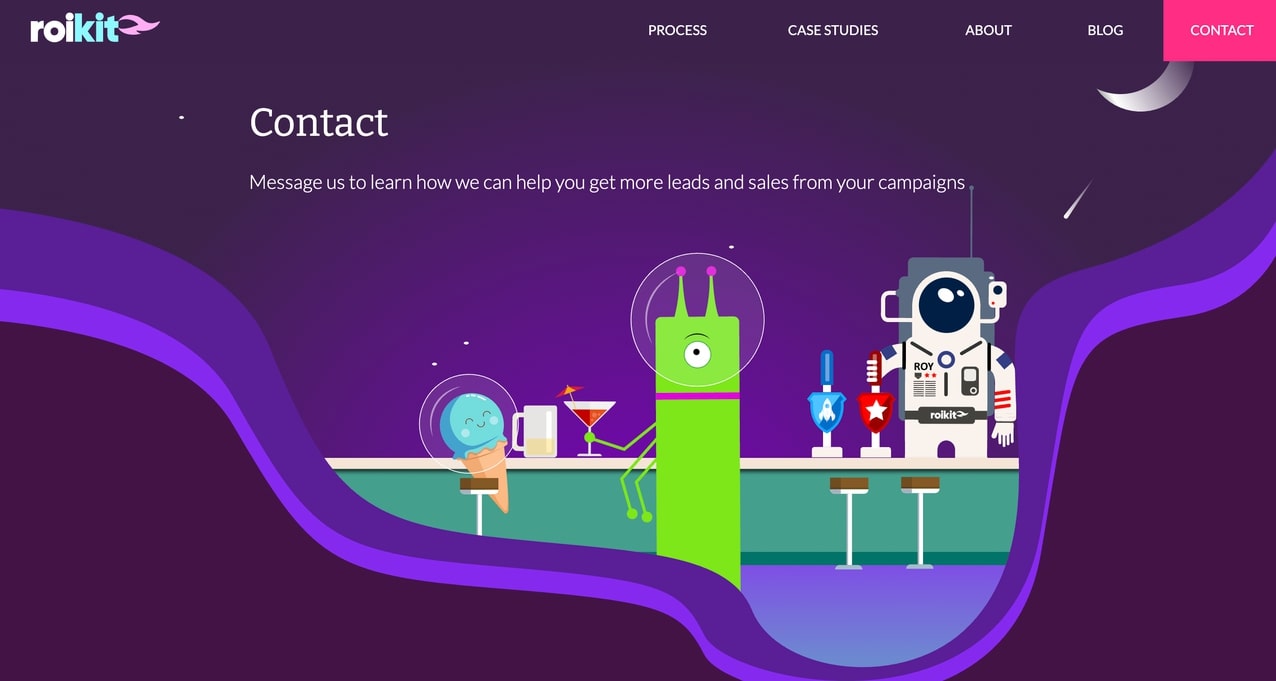
Web design is all about typography
95% of the information on the web is written language. It’s only logical to say that a web designer should get good training in the main discipline of shaping written information — in other words: typography. Optimizing typography is optimizing readability, accessibility, usability(!), and overall graphic balance. Organizing blocks of text and combining them with pictures…Isn’t that what graphic designers, usability specialists, information architects do?
The art of web design is at its heart a mastery of typography. The iA net essay on the subject was a hot topic of conversation in the web design community when it was published (as was the follow-up piece). According to iANet. “It’s about communication, communication and not effects — that’s what we should be concerned about as designers.”

If the core of web design is communication, the text on a website is doing the majority of that work. While web designers may not be writing copy, the work they do to make sure the text is legible and conveys the information it needs to is crucial. Accessibility is also an important part of a web designer’s job, and formatting text is one of the biggest parts of making a website accessible to all users.
If the core of web design is communication, the text on a website is doing the majority of that work
Designers Cameron Moll and Jim Nielsen describe the ideal approach to typography as “text as user interface.” By treating text as UI, you can use your design choices to communicate the hierarchy of your information and make your site communicate more clearly to your users.
Typography is also a powerful visual design tool. Choice of font is part of that, as is the relationship between font choices. But typography is about much more than font. Font size, spatial relationships, colors, kerning, spacing, and weight all create a visual impact just as strong as photographs and illustrations.


Web design is a never-ending process
Th(e) definition is inherently broad because we believe that websites aren’t built in a silo or in a single timeframe, but rather web design is an iterative and client and user engaged never-ending process...This might be an unpopular opinion, but I believe the most important aspect of web design is the ability to keep it relevant and updated without immense effort and monetary investment. Website owners should feel comfortable and excited by keeping their site up to date! In the same way social media sites have empowered their users to create great content, a website should encourage the same.
Web design is also set apart by how changeable your creations are. A website will rarely, if ever, be a fixed design. Information needs to be updated regularly. Content will grow over time. Features need to be added to keep up with the development of technology. The existence of internet archives like the Wayback Machine speaks to how quickly and frequently the contents of the web change.
A skilled web designer will build growth into their site design from the beginning. They will ensure it’s easy to make changes while keeping the integrity of their design intact. They will make it easy to add new content by creating templates for pages that need to be frequently repeated, such as blog posts or case studies.
Designers creating commercial sites for clients have an even greater need to design sites that can be built up over time. Businesses need to be able to update their strategies and keep their web presence fresh and exciting for customers. Templatized pages, design systems, an organized CMS, clean CSS classes, and no-code tools that empower your clients to build and maintain the website you designed are all part of a professional web designer’s arsenal.
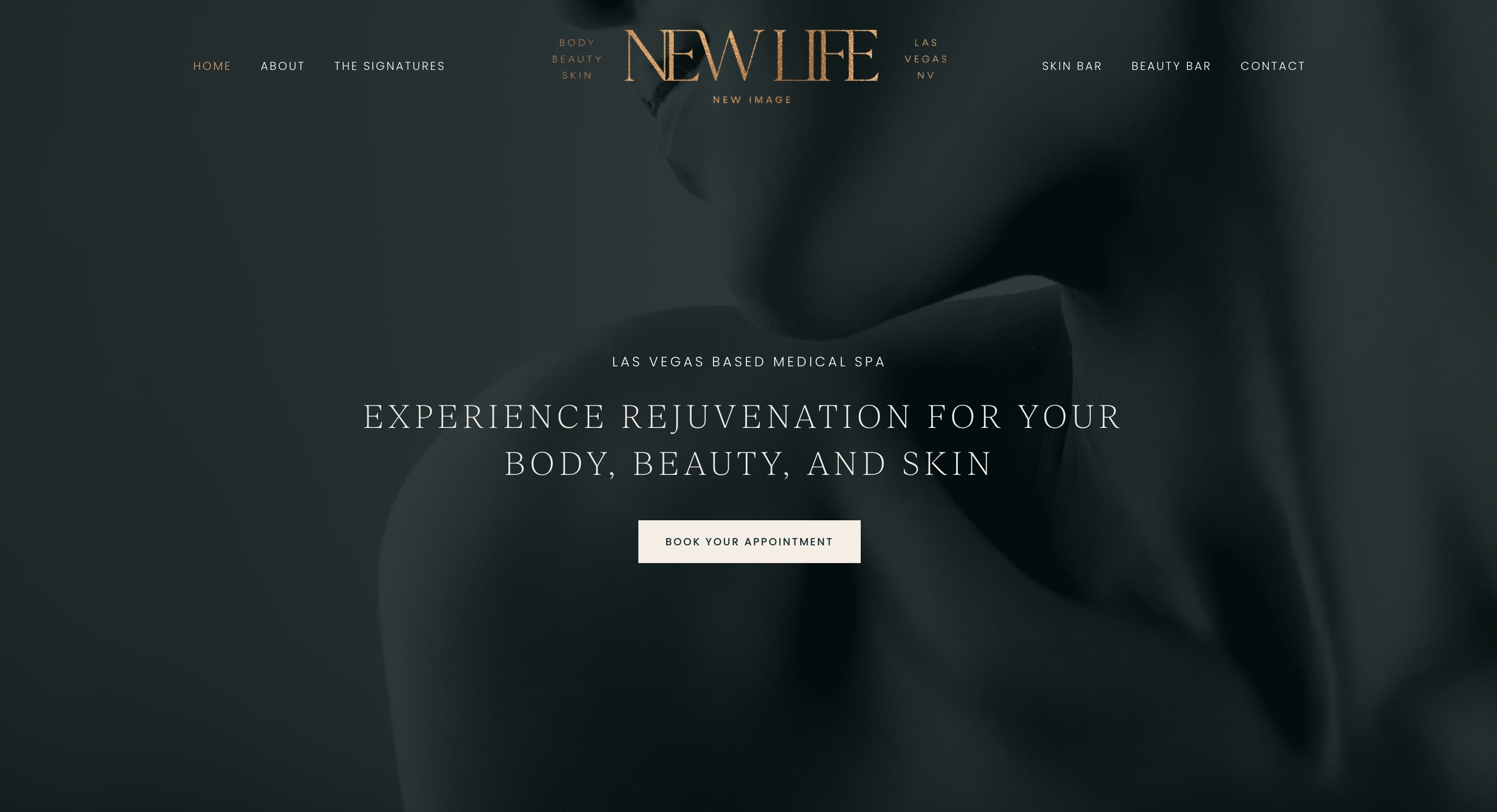
Web design is something everybody can do
Web design should be something everybody can do that wants to express an idea online. It's about picking an appropriate mix of technology, messaging, and user experience to express an idea, build awareness, create a connection, help people manage aspects of their life, find information, or lead someone to take a particular action.
If web design is how people express ideas on the web, it should be a mode of expression open to everyone. In the early days of the internet, it was fairly easy to learn the tools needed to design a website. “When I first got into web design in 1999, it only took a few months of playing with Dreamweaver to learn the majority of the web designer’s toolkit," recalls Vlad Magdalin, who went on to found Webflow fourteen years later.
As sites became more advanced and mobile web more ubiquitous, the barrier to entry for web designers became higher. Programming languages are now more complex than ever, and they’re needed to design to the level of sophistication expected of professional websites today.
In the future, designers will rule the web, and building for the web will be accessible to anyone who wants to try
The emergence of no-code platforms like Webflow made web design more accessible to a wider audience of creators than ever before. “Webflow has helped democratize this,” says David. "Where once you needed a room full of specialists, now you can create beautiful responsive designs, complex interactions, and polished user experiences."
Tools with visual interfaces are merging the work that was once split into design and development and freeing programmers to focus on more complex coding challenges. In the future, designers will rule the web because building for the web has become accessible to anyone who wants to try.


